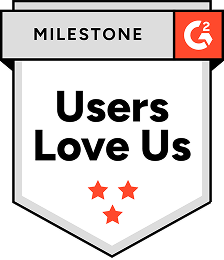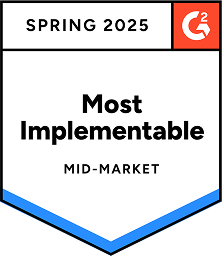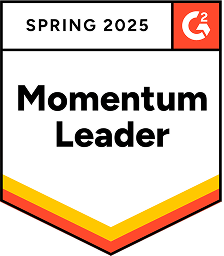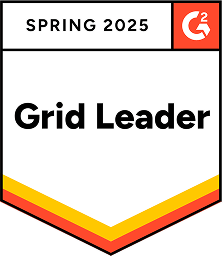Blog posts
Sales prospecting is getting harder every day, but we’re here to help. We've curated a collection of content to help you navigate the latest trends and greatest insights in personalization, generative AI, outbound prospecting, and so much more. Take a read and enjoy!
The Regie.ai Blog
Sales prospecting is getting harder every day. But we’re here to help. We've curated a collection of content to help you navigate the latest trends and greatest insights in personalization, Generative AI, outbound prospecting, and so much more. Take a read and enjoy!
Trusted by the world's top enterprise brands
Need more help?
If you still have questions, make sure to check out our Help Center: there, you'll find all the tips & advice you'll need to get your team up & running with Regie.ai.
















